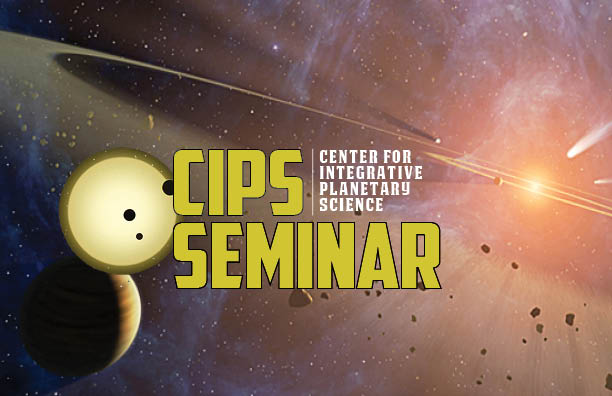CIPS Seminar 10-7
Wed, October 07, 2015

Gérard Massacrier (CRAL, Lyon) – "Chemically Peculiar Stars and Radiative Forces"
This talk will give an overview of the modeling of chemically peculiar stars, which exhibit in their atmospheres anomalous elemental abundances. The natural explanation is through the action of radiative forces. The chemical species are accelerated in different proportions according to their capability to absorb the photon flux inside the star. The resulting radiative diffusion leads to chemically inhomogeneous star interiors and atmospheres.
I'll discuss the difficulties to implement radiative diffusion in stellar modeling and the remaining uncertainties. The interplay with other physical processes (convection, mass losses…) will be illustrated.
Shuai Zhang (UC Berkeley) – "Lower-mantle Composition of the Earth from ab initio Thermoelasticity Calculations"
Fe- and Al-bearing MgSiO3 in forms of perovskite and post-perovskite is the most abundant mineral in the Earth’s lower mantle. A good knowledge of their elastic properties under relevant high pressures and temperatures is important for understanding the structure and dynamics of the Earth’s interior. However, because of technical difficulties, high computational cost, and the complex nature of this problem, to date there still lacks systematic studies on the thermoelasticity of these systems. In this presentation, I will introduce our recent work using ab initio molecular dynamic simulations to study the effects of pressure, temperature, Fe/Al composition, atomic configuration, and magnetic state on the elastic and seismic properties of these systems. Our results enable constructing mineral assemblages to compare with seismological models on the density and seismic velocities to estimate the composition of the lower mantle, and exploring the sources of seismic anisotropy. We found that the lower mantle is consistent with the pyrolitic compositional model–similar to that of the upper mantle.
